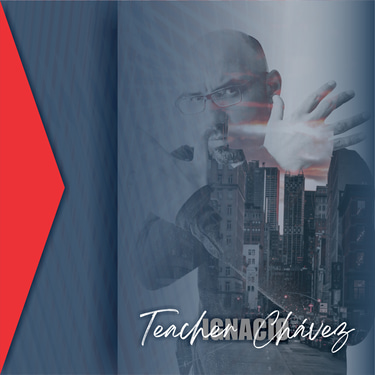Hyperfocus by Chris Bailey (B1 Level)
ULTIMATE READING
Teacher Ignacio Chávez
5/17/20252 min read


Hyperfocus by Chris Bailey has taught many people how to manage their attention to become more productive and creative. The author has explained that focus is not only about working harder but about working smarter. By using attention wisely, people have improved their concentration and have found more meaning in their daily tasks.
The book has become an important guide for students, workers, and anyone who has wanted to control their time and energy better. Bailey has shown that attention is one of our most powerful tools — but only if we know how to use it.
1. What is Hyperfocus?
Hyperfocus has been described as the state of giving your full attention to one single task. When you are in hyperfocus, you are not thinking about anything else. You have learned to work only on what really matters in the moment.
“When you have focused deeply, you have done your best work.”
2. Choose the Right Task
Not all tasks are equal. Bailey has suggested that we choose one important task and give it all our attention. Many people have discovered that by doing one thing well, they have achieved better results.
Ask yourself:
“What is the most valuable thing I can do right now?”
“Have I been focusing on the right things?”
“Do the most important thing first.”
3. Eliminate Distractions
To focus better, we have needed to remove distractions like phones, emails, or noise. People who have turned off unnecessary notifications have noticed that their productivity increases. Even small changes, like closing apps or finding a quiet space, have made a big difference.
“Distractions have always been the enemy of focus.”
4. Use the 25-Minute Rule
Many people have tried working in 25-minute blocks followed by short breaks. This technique, known as the Pomodoro method, has helped the brain stay fresh and focused. After several blocks, a longer break has been recommended to recharge energy.
“You have worked smart when you have also rested well.”
5. Scatterfocus: Let Your Mind Wander
We cannot focus all the time. Bailey has introduced the idea of Scatterfocus, moments when we let our minds wander freely. While we walk, shower, or rest, our brains have created new ideas and have solved problems naturally.
“Your mind has needed rest to think creatively.”
6. Control Your Attention
One of the main lessons of the book is that we control our attention. Bailey has reminded us that if we don’t decide where our focus goes, something else — like social media or advertising — has already decided for us. Those who have practiced focusing regularly have trained their minds to stay calm and productive.
“Focus has been a skill — and you have been able to train it.”
Main Ideas
Hyperfocus has helped people work smarter, not harder.
Choosing one main task has improved productivity.
Removing distractions has made focus easier.
The 25-minute rule has taught balance between work and rest.
Scatterfocus moments have increased creativity.
Attention control has become a key life skill.
Final Thoughts
Hyperfocus has reminded us that attention shapes our success. When we have focused on fewer but more meaningful things, we have achieved more. People who have practiced hyperfocus regularly have found less stress, more clarity, and deeper satisfaction in their work and lives.
“You have focused on less — and you have achieved more.”
“Where your focus has gone, your energy has followed.”
ZOOM CLASSES
ULTIMATE PROGRAM
Tuesday and Wednesday 7:00 PM - 8:30 PM
ULTIMATE PROGRAM
Saturday 8:30 AM - 10:00 AM


